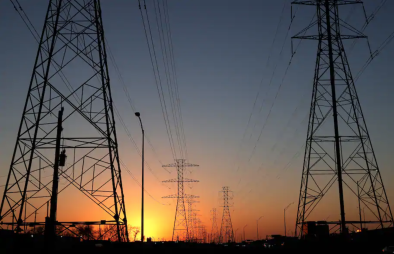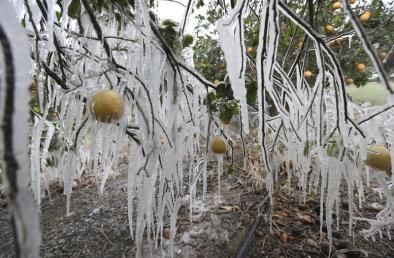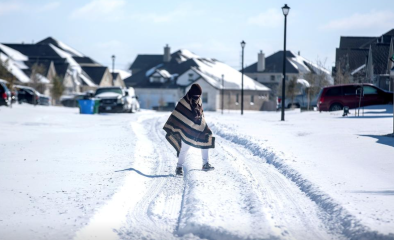Science Source
Warm Arctic episodes linked with increased frequency of extreme winter weather in the United States
- States that recent boreal winters have exhibited a large-scale seesaw temperature pattern characterized by an unusually warm Arctic and cold continents
- Uses a recently developed index of severe winter weather and shows that the occurrence of severe winter weather in the United States is significantly related to anomalies in pan-Arctic geopotential heights and temperatures
- States that as the Arctic transitions from a relatively cold state to a warmer one, the frequency of severe winter weather in mid-latitudes increases through the transition
- States that this relationship is strongest in the eastern US and mixed to even opposite along the western US
- Shows that during mid-winter to late-winter of recent decades, when the Arctic warming trend is greatest and extends into the upper troposphere and lower stratosphere, severe winter weather—including both cold spells and heavy snows—became more frequent in the eastern United States
Related Content
Science Source
Warm Arctic, Cold Continents: A Common Pattern Related to Arctic Sea Ice Melt, Snow Advance, and Extreme Winter Weather
Judah Cohen, Justin E. Jones, Jason C. Furtado et al
Headline

Feb 23, 2021 | Washington Post
Deadly Texas blackout shows our vulnerability to coming climate extremes
Headline

Feb 19, 2021 | Associated Press
EXPLAINER: Topsy-turvy weather comes from polar vortex
Headline

Feb 19, 2021 | Reuters
Freak cold in Texas has scientists discussing whether climate change is to blame


